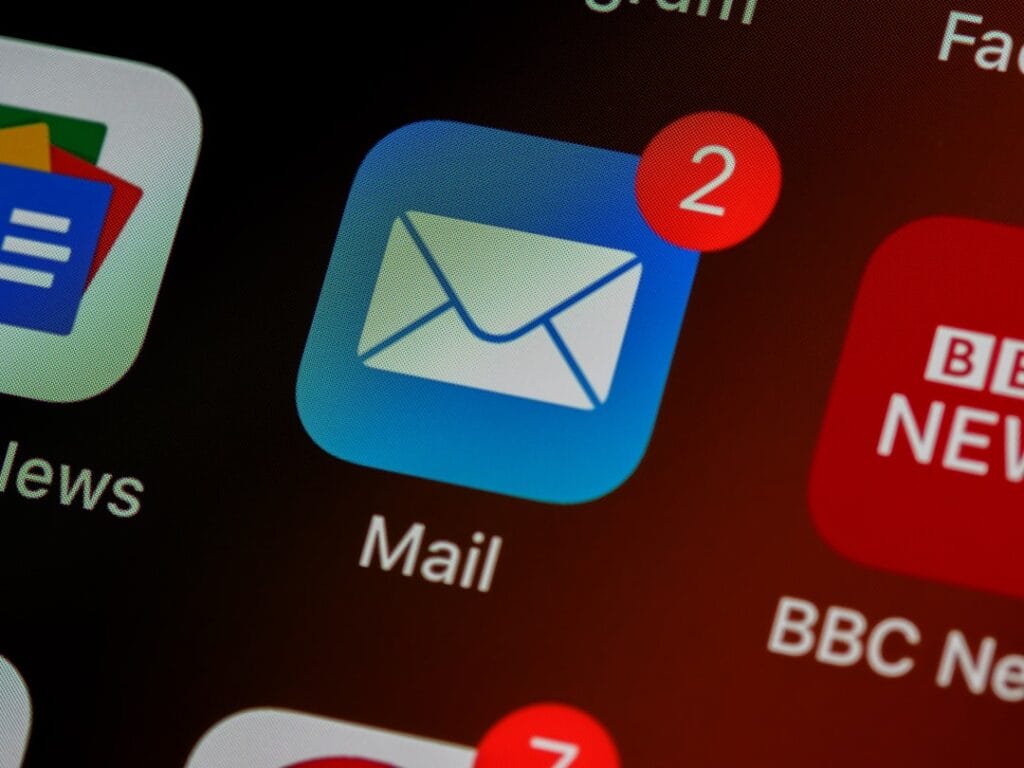To be successful in marketing, it is crucial to understand the needs and preferences of the target audience. This requires in-depth research to identify the demographic, psychographic and behavioral characteristics of potential customers. Analyzing this data allows you to create tailored communication strategies and offers that drive engagement with the brand.
Methods for collecting information about the target audience include:
1. Quantitative and qualitative surveys
2. Individual interviews and focus groups
3.
Analysis of online navigation and purchase data
4. Study of market trends and competition
5. Operation of CRM ( customer relations management)
This information helps segment the market and personalize marketing campaigns.
They also guide the development of products and services meeting the specific needs identified. A thorough understanding of the target audience improves the effectiveness of marketing actions and promotes customer loyalty.
Summary
- Understand the needs of your target audience
- Conduct in-depth research to understand the needs, concerns and interests of your target audience.
- Use analytics tools to gather data about your target audience's online behavior.
- Use content marketing to attract prospects
- Create quality, relevant content that answers the needs and questions of your target audience.
- Use a variety of content formats such as blog posts, videos, infographics, etc.
- Implement targeted email marketing campaigns
- Segment your contact list based on criteria such as age, gender, interests, etc.
- Personalize your emails based on the specific needs and interests of each segment of your target audience.
- Use social media to qualified leads
- Create engaging and interactive content to pique the interest of your target audience on social media.
- Use analytics tools to identify the most qualified and engaged prospects.
- Create strategic partnerships to expand your audience
- Identify potential partners whose target audience is complementary to yours.
- Establish mutually beneficial partnerships such as co-marketing, co-branding, etc.
Using Content Marketing to Attract Leads
Create attractive content
Content marketing is a powerful tool for attracting qualified leads. By creating informative, useful and relevant content, you can grab the attention of your target audience and inspire them to engage with your brand. Content can take many forms, including blog posts, videos, infographics, white papers, and case studies.
Establish expertise and gain trust
By creating quality content, you can establish your expertise in your field and gain the trust of your prospects. An effective content marketing strategy involves creating content that answers the questions and concerns of your target audience. By providing helpful answers and solutions to their problems, you can attract qualified prospects who are more likely to engage with your brand.
Increase content visibility
In addition, by sharing your content on social media and optimizing it for search engines, you can increase its visibility and attract more qualified prospects.
Implement targeted email marketing campaigns

Cibed marketing email campaigns are an effective way to reach your prospects and encourage them to engage with your brand. Using demographic and behavioral data, you can segment your subscriber list and send personalized messages that meet their specific needs. Using marketing automation tools , you can also send emails at the right time to maximize their impact.
To set up targeted email marketing campaigns, it is important to collect data about your subscribers and use it to personalize your messages. You can also use A/B testing to optimize your campaigns and improve their effectiveness over time. By providing relevant and useful content in your emails, you can encourage your prospects to engage with your brand and take action.
Use social media to generate qualified leads
| Metrics | Value |
|---|---|
| Conversion rate of leads generated via social networks | 15% |
| Number of qualified leads generated per month | 200 |
| Engagement rate on posts related to lead generation | 10% |
| Acquisition cost per lead generated via social media | 5€ |
Social media is a powerful tool for generating qualified leads and expanding your audience. By using social media strategically, you can reach a wide audience and attract prospects to engage with your brand. By sharing relevant content and interacting with your target audience, you can build strong relationships that can lead to business opportunities.
To use social networks effectively, it is important to understand where your target audience is and what contents they prefer to consume. Using a combination of organic and paid content, you can increase your brand's visibility to social media and attract more qualified leads. By regularly interacting with your target audience, you can also strengthen your brand's notoriety and establish a relationship of trust with your prospects.
Create strategic partnerships to expand your audience
Strategic partnerships are an effective way to reach a wider audience and attract qualified leads. By collaborating with other complementary businesses or organizations, you can benefit from their existing audience and expand the reach of your brand. Partnerships can take many forms, including co-marketing, event co-sponsorships, or content creation collaborations.
To create effective strategic partnerships, it is important to find partners whose target audience matches yours and who share similar goals. By working together to create content or host events, you can reach a wider audience and attract qualified leads who are already interested in the products or services you offer. Strategic partnerships can also build your brand credibility by associating your business with other recognized players in your industry.
Using SEO to attract qualified traffic

SEO is an essential tool for attracting qualified traffic to your website. By optimizing your site for search engines, you can improve its visibility in search results and attract organic traffic from people interested in your products or services. SEO includes a variety of techniques, including optimizing content, building inbound links, and improving the technical structure of your site.
To use SEO effectively, it's important to understand the keywords your target audience uses when searching for information related to your industry. By creating content optimized for these keywords and getting links from other relevant sites, you can improve your site's ranking in search results and attract qualified traffic. SEO is an ongoing process that requires constant monitoring and adaptation to changes in search engine algorithms.
Establish an effective follow-up process to convert leads into customers
Once you've generated qualified leads, it's essential to have an effective follow-up process to convert them into customers. This involves staying in touch with your prospects, providing them with relevant and useful information, and inspiring them to take action. By using marketing automation tools, you can track your leads' behavior and send them personalized messages to encourage them to take the plunge.
To set up an effective follow-up process, it is important to have a clear strategy for each stage of the customer journey. This might include sending personalized emails, creating special offers, or setting up phone calls to track prospects' progress through the buying process. By staying in regular contact with your leads and providing them with ongoing support, you can increase your chances of converting them into happy customers.
If you are looking to enhance your B2B lead generation strategies, you may want to consider implementing an account-based marketing strategy. This approach allows you to target specific high-value accounts and personalize your marketing efforts to better engage with them. To learn more about how to put in place an account-based marketing strategy, check out this article on Setting up an account-based marketing strategy . This resource provides valuable insights and tips on how to effectively leverage this approach to drive better results for your B2B lead generation efforts.
FAQs
What is B2B lead generation?
B2B lead generation is the process of creating and managing potential leads for businesses that sell products or services to other businesses.
What are the benefits of B2B lead generation?
The generation of B2B leads allows companies to identify and target potential customers, increase their sales pipeline, improve their conversion rate and stimulate their growth .
What are the most effective B2B lead generation strategies?
The lead generation strategies include content marketing, referencing, email marketing, marketing on social networks, influence marketing and research marketing.
How to measure the effectiveness of B2B lead generation strategies?
B2B lead generation strategies can be measured using metrics such as the conversion rate, the cost by Lead, the return on investment and the sales fence rate.
What tools are used for B2B lead generation?
Tools used for B2B lead generation include customer relationship management (CRM) software, marketing automation platforms, web analytics tools, email tracking tools, and management tools. social networks.





